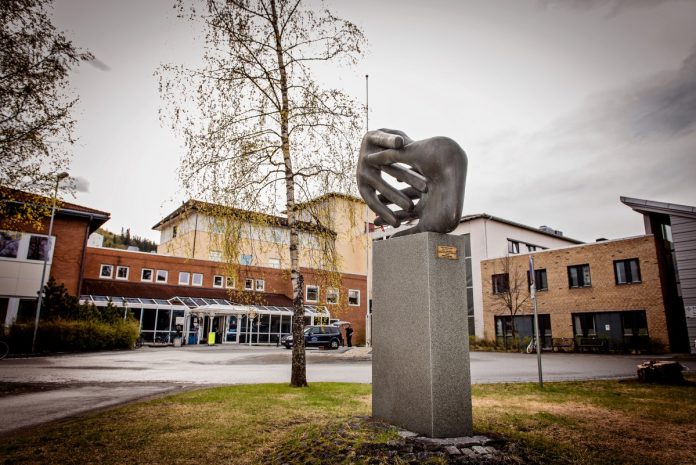The Orkdal model of cancer care rests on collaboration between specialist oncology and community care in palliative treatment, as Anne Kari Knudsen explains
The Norwegian Orkdal model of cancer care has been called “the future of cancer care”. The aim is to develop and implement a model for optimal cancer care, and according to Oslo University Hospital consultant Anne Kari Knudsen, the integration of treatment approaches is the key.
In general, the aim is to achieve a situation where different cancer treatments are integrated with palliative care. This is the case at a few hospitals in Norway, says Knudsen, who additionally works as a researcher at the European Palliative Care Research Centre (PRC) of the Norwegian University of Science and Technology.
Cancon WP 7, Community-level cancer care, examines community cancer care, and how it could be improved. The Orkdal model of cancer care is a good example of a regional organisational model of after care.
In Norway, the national guidelines for example on breast or prostate cancer, include guidelines on surgery, chemotherapy, hormone treatment, and radiation therapy given both with curative and palliative treatment intention. Furthermore, there are national guidelines specifically for palliative care.
Oncology and palliative care separated
According to Knudsen, there are differences between the health regions in Norway, but there is still a distinct separation between oncology and palliative care. The patients are traditionally referred to the palliative care team when palliative systemic tumour-directed treatment is stopped.
“Palliative care should be integrated into cancer care during the whole disease trajectory, focusing on systematic assessment of symptoms and needs including the patient’s physical, social and psychological issues, their family and how to collaborate with community care,” Knudsen explains.
There is a strong evidence-base behind this approach: Several studies have demonstrated that palliative care improves the quality of life for patients with cancer and their families. According to results, for example, patients receive better symptom management throughout the disease trajectory and family members may experience the care and bereavement process as less burdensome when palliative care is integrated with oncology.
The GP’s important role
“General practitioners, cancer nurses, and resource nurses coordinate the treatment process in the municipalities in close collaboration with physicians and nurses in specialist care. This is a good example of how community level cancer care and the patient pathway are taken care of in palliative cancer care,” says Knudsen.
For example, the Norwegian Cancer Society provides financial support for 128 cancer coordinator positions in 206 municipalities/city districts across the country, positions mostly held by cancer nurses.
According to Knudsen, general practitioners have an important role as medical coordinators and as contributors to the creation of integrated and effective patient care within the community health and care services. They also serve as coordinators and contributors between the municipal health and care services, and the specialist health service.
Reform ensures improved health and cancer care
The Coordination Reform in Norway envisages a greater municipal responsibility for health and care services. At the same time, the specialist health service shall be reorganised by decentralising services wherever this is possible, placing more focus on mobile organisations that support municipal services, and centralising highly-specialised functions where this provides the best quality.
Knudsen emphasises that the reform will help to ensure an improved and more integrated treatment process for all patients, including the ones with cancer. The objective is to increase competence within the municipalities for all processes relating to cancer diagnoses. This should increase the quality of treatment and follow-up.
“In order to achieve this, it is important that general practitioners, to a greater extent than previously, are able to utilise other municipal services in order to offer patients the best medical follow-up,” Knudsen says.
Subscribe to the Cancon newsletter to be updated on the joint action.
Cancon – European Guide on Quality Improvement in Comprehensive Cancer Control











